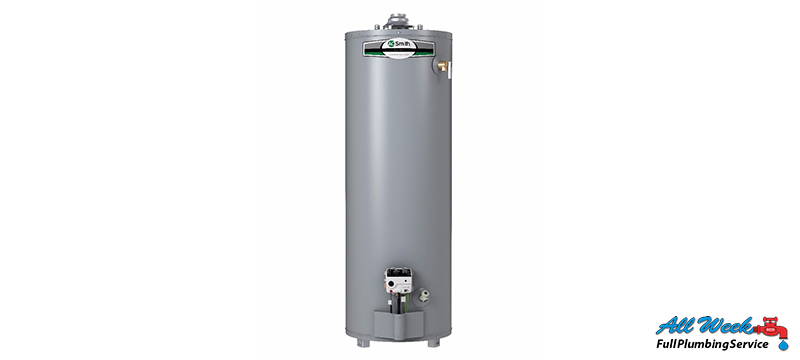- Serving Our NJ Neighbors 24/7 (888) 333-2422
Gas water heaters are the most common type of water heaters in residential properties

Most residential homes make use of gas water heater, this may have to do with the fact that gas water heater tank up to a temperature about twice as fast as electric, and is comparatively more affordable than a hot water heater. Although the electric water heater is more efficient than the gas water heater, the gas is more affordable.
In areas that are prone to the earthquake, it is imperative that the tank is firmly installed to the wall or a firm structure, this is because if the tank falls over and breaks it could lead to a gas fire.
TPR Value is a very important component of a water heater because it ensures its safety. Most storage units that have tanks make use of TPR valve. Tankless units may or may not come with TPR.
The TPR valve (Temperature Pressure Relief), also called T&P valve, pop-off valve, or sometimes relief valve, the function of the TPR is to relieve pressure from the tank if the temperature level becomes unsafe.
The TPR valve can either be mounted on the top of your tank or by the side, depending on your choice. A manual release lever is located on the TPR. Most manufacturers advice that RPT should be periodically tested by lifting the manual release at least annually.
When discharging the TPR valve, you should channel the pipe to a safe area in order to avoid an accident. Typically they should be piped down within 6 inches of the floor or outdoor close to the ground. You can get further information from your local buildings department in order to get the local building code requirements that will help you safely release the TPR valve.
Anode Rod
Every tank is built and internally rapped with Anode Rod which is a metal rod usually magnesium or aluminium, the use of the Anode Rod is to prevent the tank from corrosion. Electrolysis affects the anode rod instead of the tank directly, but when the anode rod is gone then the tank begins to corrode. To ensure that your tank last longer makes sure the anode rod is replaced once it is eaten off by the electrolysis.
The anode is attached to the top of the tank and is replaceable.
The anode is sometimes built into special outlet fittings. You should be mindful of softeners because they make the anode wear off faster.
Switching to aluminium anode rod is the best way to avoid unpleasant smell that could be caused by bacteria reaction to magnets anodes leading to a rotten egg odour.
Water Heater Dip Tube
The dip tube is that long narrow tube that helps to direct water into the bottom of the water heater tank, this tube will avoid complicating cold water that is coming in and hot water that is going out. If the dip tube is broken, you will not be having enough hot water as most times the mixture of incoming cold water and hot water at the top of the tank will keep giving you warm water, at this point you should know that it is as a result of a broken dip tube.
Thermostat
If your tank drops below the pre-set temperature, the thermostat senses it and automatically switch on the burner, and once the thermostat observes that the desired temperature is met it automatically switch off the burner. You can set the temperature to your desire using a knob.
Drain valve
The tank has a drain valve which allows it to be drained either for the regular removal of sediment or for replacement. In most areas, it is ideal for you to drain at least 5 gallons from your tank using the drain valve every six months to avoid sediment build up. The good metal ball valve is the best type of valve to use because the plastic drain valve can easily break off. Also, the metal ball valve is easier to use when draining water.





